PRODUCTS
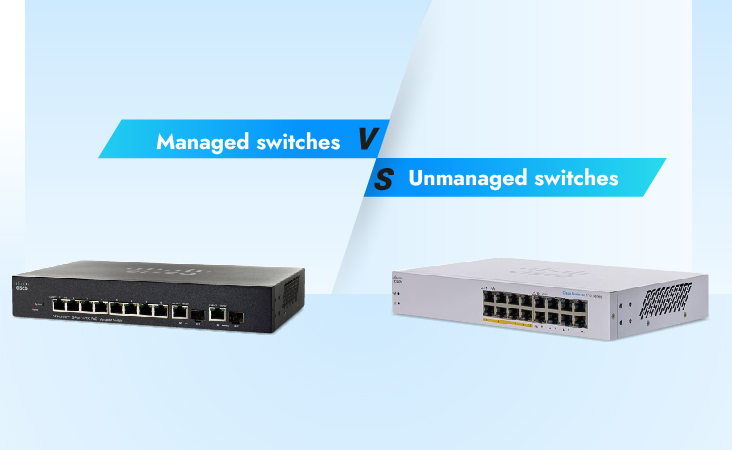 15
15Picking the right cisco network switch is essential to the smooth operation of your network. Choosing between a managed switch and an unmanaged switch is a big decision that depends on what your network needs and how much you want to spend on control.
Unmanaged switches are simple and easy to use; they are ready to plug in and play right out of the box. This makes them a great choice for smaller setups or simple connecting needs.
Managed switches, on the other hand, have a lot of features that can be changed to fit the needs of networks that need to have tight control over their operations and security. This first choice can have a big effect on how well and how easily your network system can grow.
Selecting the appropriate network switch, such as the Cisco Catalyst 9200 series or the C2960 X, S, XR models, requires understanding their fundamental differences. These distinctions significantly impact their deployment within various network infrastructures.
Here are five main ways that these two types of switches are different and affect how they work in network systems.
Unmanaged switches: They are easy to use because they just plug in and work. No setup is needed. Because they are set to work with a fixed arrangement that can't be changed, they are perfect for setting up simple and small networks.
Managed switches: They give network managers a lot of configuration options so they can fine-tune network performance, control traffic, and set up settings to meet the needs of the network. This amount of control is necessary to make complex networks work better and keep them safe. For example, the Cisco 9200 switches, with their detailed Cisco 9200 datasheet, outline extensive customizability, from VLAN setups to intricate traffic management, showcasing their superiority in complex environments.
Unmanaged Switches: Unmanaged switches don't have advanced security features because they are simple. They work well for networks that don't need a lot of protection, such as C2960 S models. They aren't vulnerable to threats from outside the network.
Managed Switches: There are strong security features on managed switches, like access control lists (ACLs), port security, and network tracking tools, that help keep your network safe from hackers and people who aren't supposed to be there. Such as models like the Cisco C9200 and C9400 come equipped with comprehensive security features, including ACLs and port security, vital for protecting sensitive data.
Unmanaged Switches: These can securely send and receive data over small networks, but they can't be expanded or changed to meet the needs of a growing network or improve performance.
Managed switches let you divide networks into VLANs, set Quality of Service (QoS) priorities for traffic, and better control bandwidth. They can also be expanded as needed. Because they are flexible, they work well in network settings that change over time.
For instance: The Cisco 9200L and C9200L-48P-4X-E models exemplify performance and scalability, with features like QoS and bandwidth management that adapt to growing network demands. The C9200L-24P-4G-E and C9200-48P-E variants illustrate the versatility and expansion capabilities of managed switches.
Unmanaged switches cost are usually cheaper upfront, which makes them a good choice for small businesses or people who don't need a lot of networking. Even models like the C2960 XR can provide essential network functions without the added expense. Their lower price is due to the fact that they don't have configuration and tracking tools
Managed switches cost more up front, but they're worth it because they make network control, security, and scalability better. For many businesses, the initial switch cost can be covered by the long-term benefits of a more secure and efficient network.
While models such as the Cisco Catalyst 9200 and C9200L-48P-4X-E come with a higher upfront cost, they offer long-term value through enhanced control, security, and scalability.
Unmanaged switches: These switches don't let you monitor or fix problems with the network, so any problems must be found without using data or logs created by the switch.
Managed switches: These support advanced tools for tracking and fixing problems, such as SNMP (Simple Network Management Protocol) and remote logging. This makes proactive network control possible and speeds up the process of fixing network problems.
For example, the Cisco 9200 series, including Cisco 9200L and C9200-48P-E, supports advanced monitoring and diagnostics, crucial for maintaining network health.
Consider the specific needs of your network against the backdrop of available models like the Cisco Catalyst 9200 series or the C2960 X, S, XR lineup. Whether it's the simplicity and affordability of unmanaged switches or the advanced features and security of managed switches like the C9200 and C9300, understanding these key differences will guide you in selecting the right switch to support your network's growth and security requirements.
Opt for unmanaged switches for their:
Managed switches like the Cisco Catalyst 9300 series (e.g., C9300-48UXM-A, C9300-48UXM-E) are recommended for:
Read More: Cisco 9200 VS 9300 Series Switches: Head-To-Head Comparison
Managed switches offer:
Cisco Catalyst 2960 series (e.g., WS-C2960X-24PS-L, WS-C2960X-48FPS-L) highlights the importance of considering future expansions and the end of life (EOL) for certain models like Cisco 2960 EOL, ensuring the selection supports long-term objectives.
The answer depends on understanding your network's size, complexity, and future growth. While unmanaged switches serve basic connectivity needs well, managed switches like the Cisco Catalyst 9300 and Cisco 2960X series offer comprehensive features for more demanding environments. Deciding on the best network switch requires a thoughtful look at your current and future networking needs. Here's how to make a well-informed choice:
Read More:Migration Guide: Cisco Catalyst 2960-X Series to 9200 Series
Assess Current Network Requirements: Start by understanding the size and complexity of your network. How many devices need to connect? What type of data traffic will your network handle?
Plan for Future Growth: Consider how your network might expand in the coming years. Will you add more devices or applications that require high bandwidth?
Seek Professional Advice: For managed switches, it's wise to consult with a network professional. They can provide insights into which features will best serve your needs and how to configure them for optimum performance.
Choosing the appropriate network switch is crucial for maintaining a reliable and high-performing network. This decision affects not just your network's current efficiency but its future scalability and security. By carefully evaluating your specific needs and potential growth, you can select a switch that not only meets today's requirements but also supports tomorrow's expansion.
Read more: Managed vs. Unmanaged Switches: Cisco Catalyst 9200 Series
Related Products
c9200-nm-4x | cisco 9200 switch | c9200l stack kit | Nexus 9300 c9300-48p-a | c9300-48p-e
ws-c2960x-48lpd-l | ws c2960-24tt-l | ws c2960s-24ts-l | ws-c2960x-48fps-l | ws-c2960x-48lps-l
ws c2960 8pc-l | ws c2960c 8tcl | ws c2960 48psts | ws-c2960x-24ts-l
Recent Posts
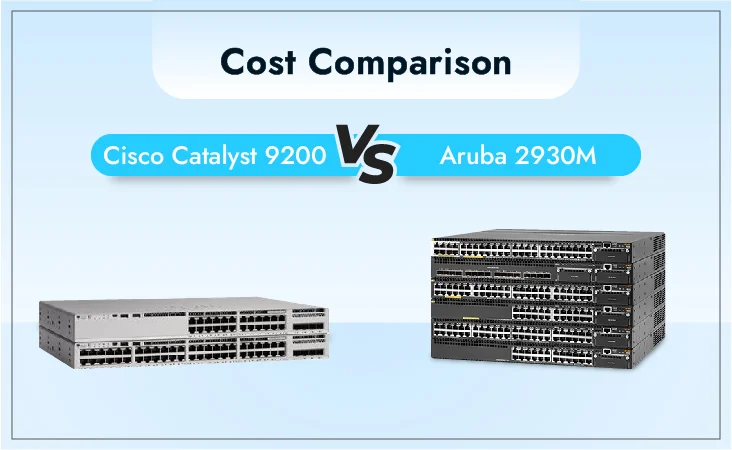
Cisco Catalyst 9200 Switches vs Aruba 2930M Switches: Comparing Prices
30 April-2024
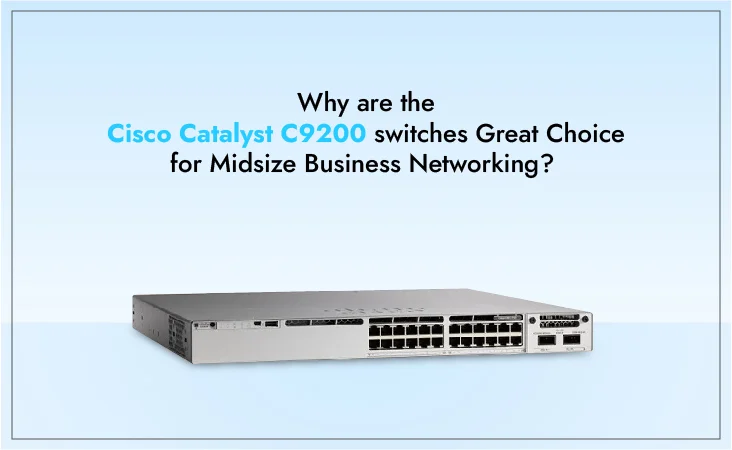
What Makes the Cisco Catalyst C9200-24P-A Switch Ideal for Medium-Sized Businesses?
30 April-2024
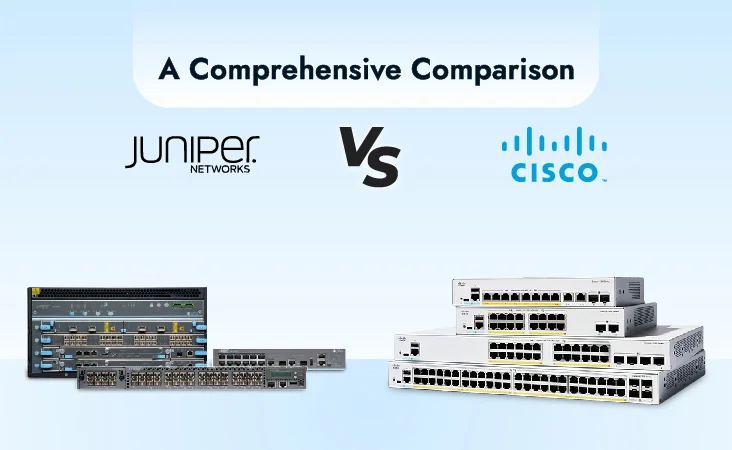
Cisco vs Juniper: A Comprehensive Comparison
26 April-2024

Cisco vs Juniper: A Comprehensive Network Comparison
26 April-2024
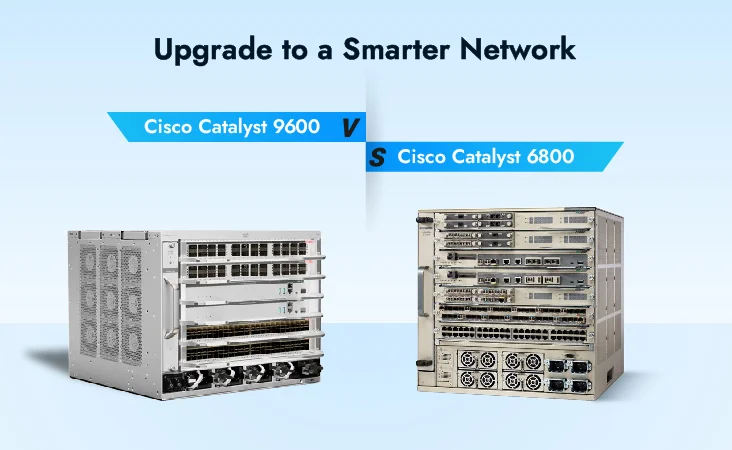
Cisco Catalyst 9600 vs Cisco Catalyst 6800 Series Switches: Upgrade to a Smarter Network
25 April-2024
Most Used Tags

Developing performance-driven networks to boost the efficiency of your business

Thank you for your interest in ORM systems, our experts will connect with you shortly.
 +1 (281)
747-5957
+1 (281)
747-5957


